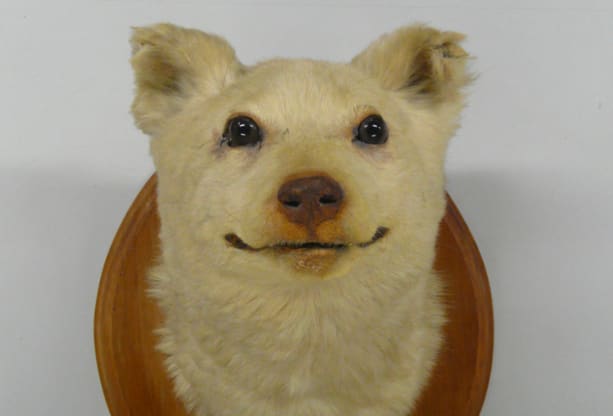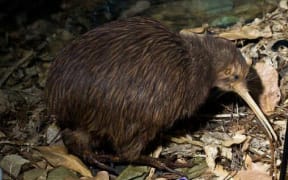Researchers have managed to unravel the genetic heritage of New Zealand's first dog, the now extinct kurī.

Kurī (Canis lupus familiaris), collected in 1876 between "Waikava" and Mataura Plains in the Catlins. Photo: Gift of Mr Anderson, 1876. CC BY-NC-ND / Te Papa (LM000828)
The University of Otago scientists used cutting-edge techology to unravel the ancient DNA.
Kurī were smallish dogs, about the size of cocker spaniels, and arrived in Aotearoa with the Polynesian colonising canoes in the early 1300s. They died out as a breed after interbreeding with European dogs.
Karen Grieg, a doctorate student, told Nine to Noon the dogs did not bark, but howled, like dingoes.
"We've got some descriptions from the voyages of Cook - they're described as a small dog, kind of like a fox, with pricked ears and a bushy tail."
Ms Greig did the groundbreaking DNA sequencing, which took a year to complete, and sequenced the genomes of 14 kurī, which had never been done before.
The DNA was taken from the canine's teeth, which were found in an oven during an archaelogical dig on the Wairau Bar.
Ms Grieg said the oven was used at some point between the early 1320s and 1350 and the teeth indicated the dog had either been eaten or its bones swept up into the oven.
She said the DNA sequencing showed that the founding kurī may have only comprised of a few dogs, or that the arriving dogs were closely related.
"The dogs from Wairau Bar are all very similar in terms of their genetics. So maybe a small number of closely related dogs were brought to New Zealand, possibly again from a closely related population in Polynesia.
"It tells us about the process by which dogs were being introduced into the Pacific. It must have been very challenging for people to move not only themselves, but their animals across the Pacific. So what we're seeing is some of those challenges reflected just in the small number of dogs being moved and colonising island groups."
Ms Greig said the kurī fufilled a wide range of roles.
"Some were special pets, some were used for food, they were definitely used to clean-up, you know what they're like - they'll eat anything around - so quite often their role was to keep things clean by scavenging up anything left lying around.
"Dog was eaten across the Pacific [and] quite often associated with special events or important people."
She said it would be interesting to see how that information would compare to what was known about the introduction of pigs into the Pacific and the movement of people.
"[Now] we can start looking at all the different components of this amazing migration into the region."



